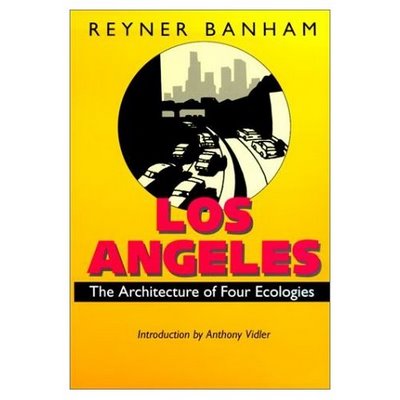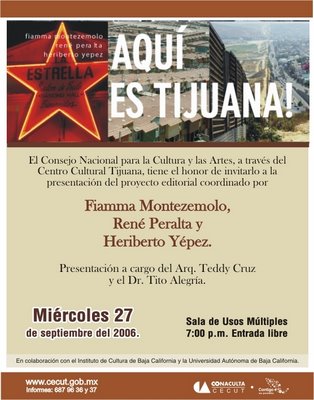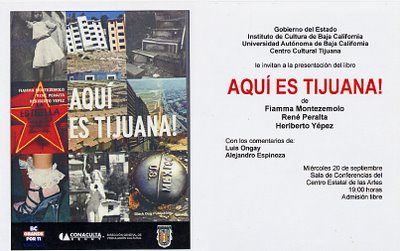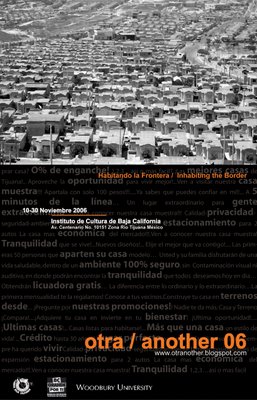Up and down or side to side?
I have been thinking about the dichotomy between Horizontal and Vertical. A few weeks ago I witnessed an interested presentation by the Venezuelan artist Alexander Apostol in Marcos Ramirez now famous studio space – Estacion Tijuana. Apostol work documents and manipulates images of modernist structures in
“As Apóstol re-appropriates, re-contextualizes, and sometimes even digitally manipulates images of Modernist edifices in a current state of dilapidation, he attempts to reconcile the ideological failings of the past with the socio-political and economic realities of the present.”
In a dramatic images he illustrates the disparity of modern form against squatter structures (chabolas) ramming into vertical high rise buildings, a confrontation of horizontal economy and vertical ideology. As we all know modernist ideals where absolute and their interpretation as a state ethos created conditions of gentrification more than social change. Within the landscape of Latin American, modernism was the ideal form to bring forth a universal and prosperous image (in many cases it came hand in hand with a surplus of petro-dollars) –verticality became a symbol of progress.
In other cities such as NY and Chicago verticality was adopted without the ideological baggage of European theorists as Rem points out in Delirious New York. Inventions such as the elevator promoted stacking and a new urban condition of maximizing land and program – in an economic system that made use of them meanwhile cities such as NY became economic capitals of the world. Verticality was emancipating – the Vertical was the new frontier. In other American cities such as LA verticality never took a stronghold (the intent to resuscitate downtown has been an ongoing ordeal) as Reyner Banham described, LA for many was the antithesis of urbanity, its forming ecologies had mostly to do with the integration of the ground plane, be it valleys, canyons, ocean and the horizontal and extensive freeway systems. Here again in one view the vertical became a symbol of capitalist system and horizontality became a liberating social apparatus – sprawl makes me happy.
In contemporary architectural thought the issue of power is still latent, the avant-garde currents have intended to promote a non hierarchical way of organizing space. Deluzian references to the smooth vs. the striated and the rhizome have been the form by which this current practices (critical or projective) “extends” their influence over space. My interrogative consists in analyzing the current status of political and social structures of the horizontal and vertical. Can we engage once more in the issue of power and built form as Foucault did with the panoptic (vertical) and/or deal with horizontality as the social practice in lower class settlements due to economic and social disparity. Is sprawl the demise of urban form and the product of late capitalism, therefore is returning to density once again the panacea of responsible development?







